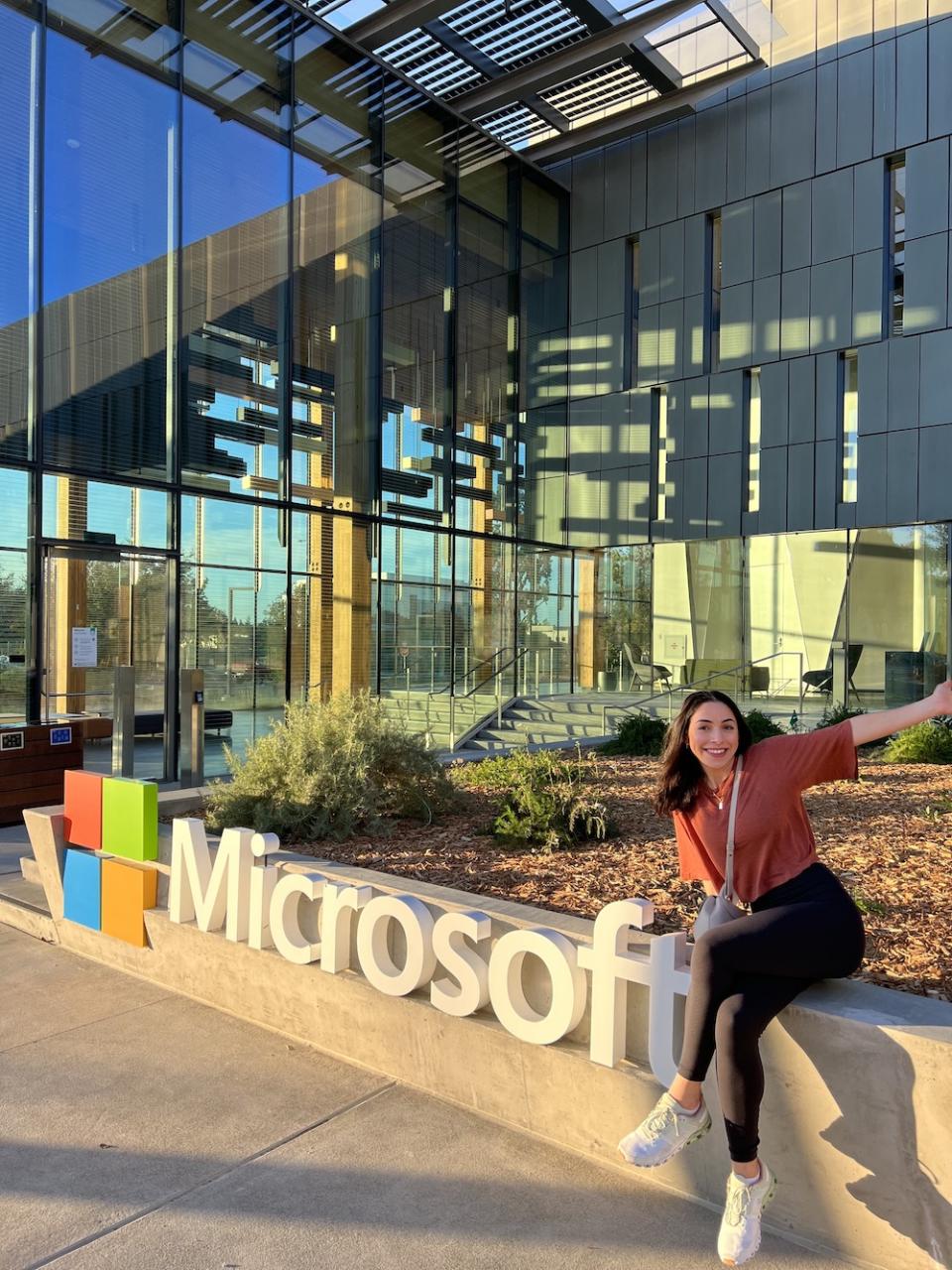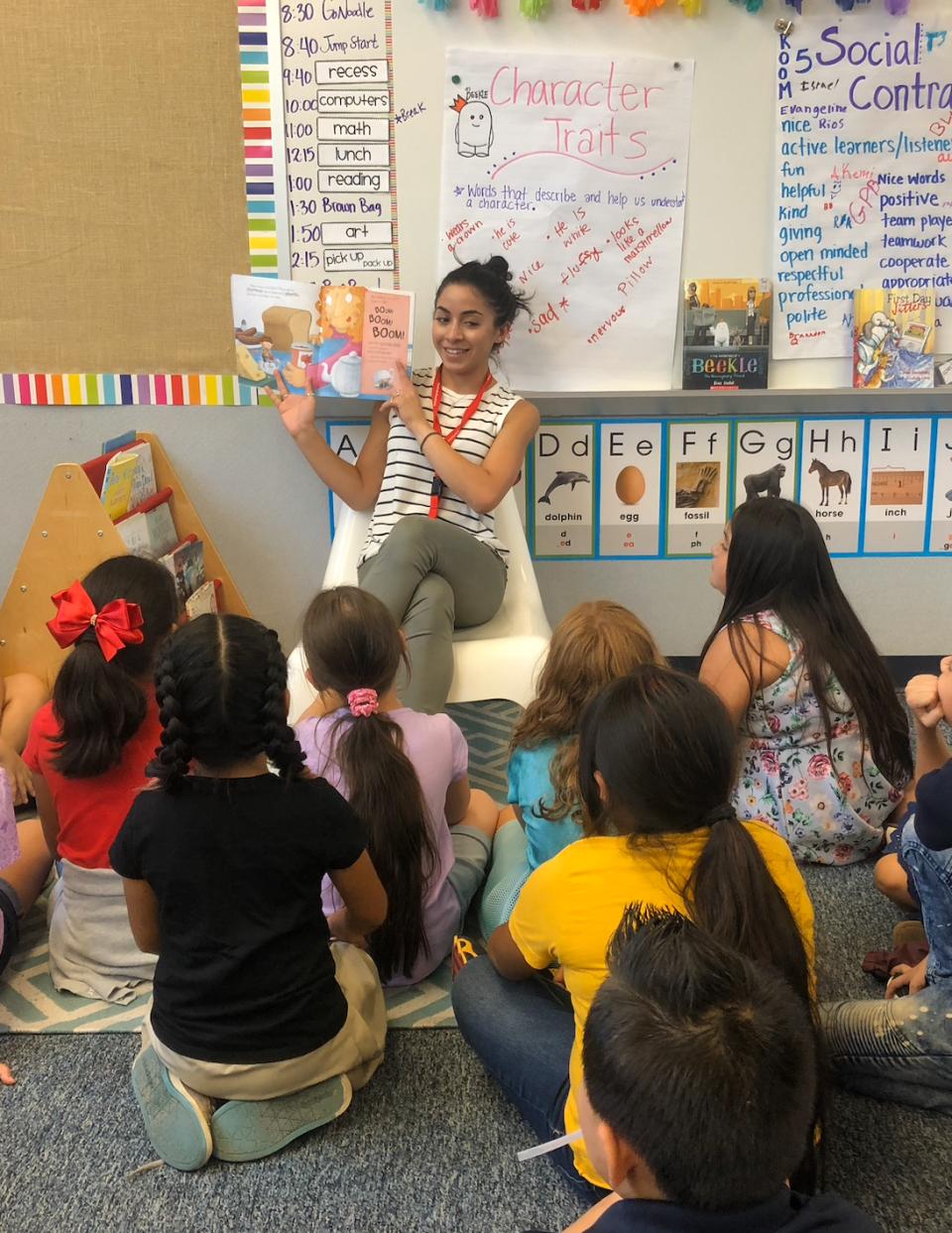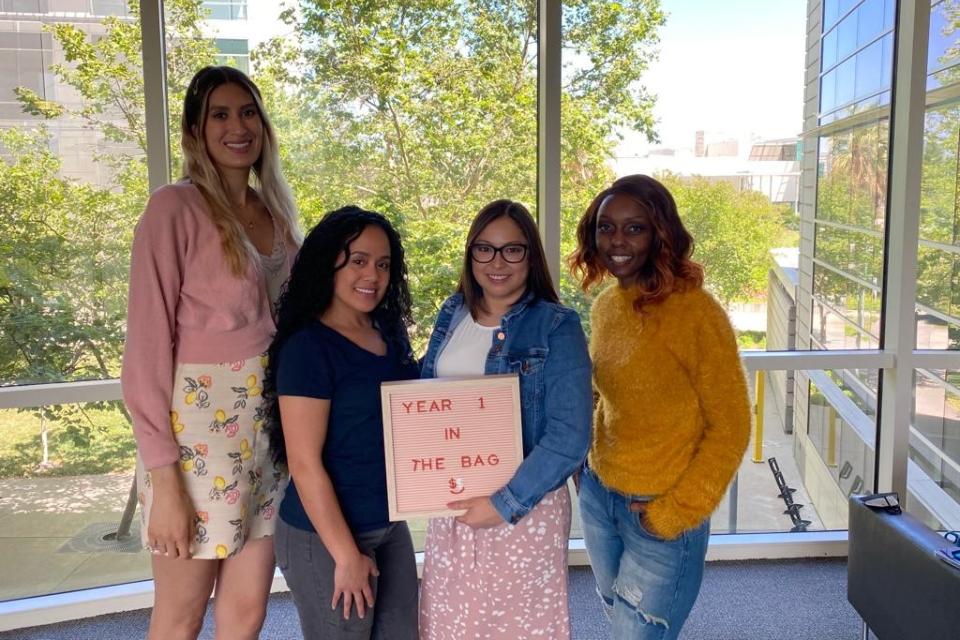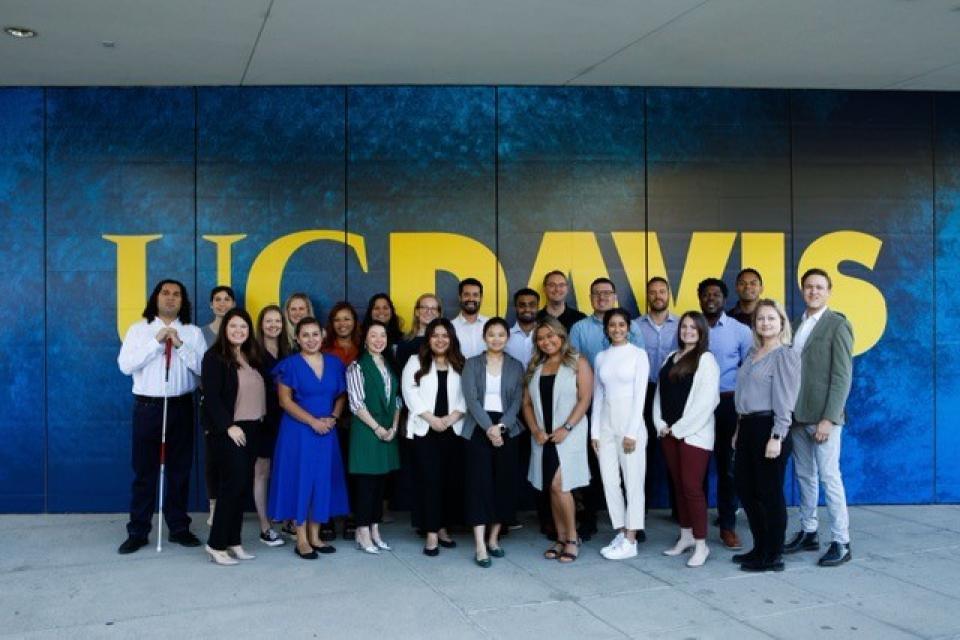My Transition from Teaching to Microsoft
Following my passion to raise the standard of education globally

In the midst of my first week as an elementary school teacher, I was awoken by a harsh reality: the current classroom curriculum is outdated.
Starting My MBA Journey: Finding the How and Where
Despite ongoing technological innovations—and our school’s proximity to Silicon Valley—the traditional classroom education has remained largely unchanged. Although ecstatic about my accomplishments in educating future generations, I remained eager to apply my problem-solving skills beyond my classroom but unsure how and where.
After applying to several companies, followed by receiving the dreaded, "we have decided to move forward with other candidates” email, and endless scrolling on LinkedIn and seeing the qualifications of people working in big tech (Google, Apple, Microsoft, etc.), the how became evident—earn an MBA.
I was thrilled to see the exciting opportunities at the intersection of business, education and technology. I realized that with my experience as an educator, as well as an understanding of the curriculum, infrastructure, and operational needs of a classroom, I could develop unique solutions that fulfill customers’ needs.

The UC Davis Graduate School of Management (GSM) reaffirmed the where. The UC Davis Sacramento Part-Time MBA program offers a wide range of classes, and I was excited to put what I would learn into play to facilitate adaptive change within the technology sector. These learning opportunities, combined with hands-on training, make UC Davis the ideal program to bridge my passion for education and technology.
Making the Jump from Teacher to Big Tech
My first year as an MBA candidate was eye-opening. I was teaching full-time (during the coronavirus pandemic) and taking classes in the evenings and weekends.
Let’s just say, my screen time due to distance learning and virtual MBA classes during the week, went through the roof! With virtual classes and team meetings taking over my day-to-day, I knew that I made the right decision to pursue a career in tech.
Companies like Google and Microsoft thrived during the coronavirus pandemic because of their learning platforms. Teams for Education and Google Classroom continue to highlight how technology can be used to transform teaching and learning. It was crystal clear that education—at all levels—had officially become reliant on technology.
During my second year in the Sacramento MBA program, I started applying for entry-level roles in tech so I could put what I was learning in my classes into action. I focused specifically on EdTech companies.

With the help of the GSM’s wonderful career team, including Angel Mccormack and Jennifer Tucker, I sharpened up my resume and interviewing skills and applied to companies including Chegg, Khan Academy, Clever, Quizlet, Google, MasterClass, Udemy, and, of course, Microsoft.
To my surprise, I was invited to interview to join Microsoft’s education sales team. A few months later, I said goodbye to my wonderful team of educators and my sweet third graders. They were so excited that I, Ms. Meschi, was about to go work for Microsoft, the company that controls Xbox and Minecraft!
UC Davis has offered me a close-knit community that continuously inspires me to achieve my goals and challenges me to be a collaborative leader. UC Davis is the ideal program for me to bridge my passion for education and technology.
The Transformative Power of Problem Solving
During this time of uncertainty, my decision to go to business school and make the switch to tech was not easy. Before committing to pursuing a master's degree, I did a cost-benefit analysis daily.
Before saying goodbye to my teaching job, imposter syndrome crept up on me every so often, and I would go back and forth with my decision.
Big life decisions like pursuing graduate school and changing careers are not easy. However, whether I am overcoming an emotional barrier, managing a classroom, or utilizing my technical aptitude to implement technology-based solutions, I have learned the transformative power of problem-solving.
Any problem—no matter how seemingly insurmountable—can be solved through a combination of confidence and perseverance.


